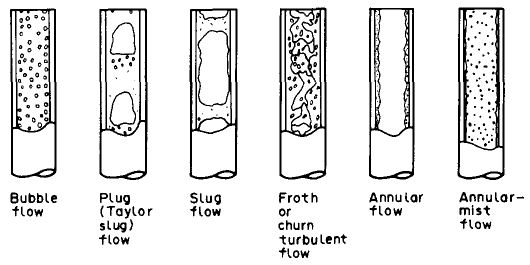Multiphase Gas-Liquid Flow Behavior CFD Simulation in a T-junction Microchannel with Variation in Aspect Ratio and Cross-Sectional Shape with Constant Hydrodynamic Diameter
Authored by
Bintang Farhan Muhammad, Department of Mechanical Engineering, University of Indonesia
Contents
Synopsis
Microchannel has been widely used for the purpose of mixing of a multiphase flow. Several factors has been known in which determines the performance of mixing in microchannel, including the flow regime and operational parameters. Past research found that fluid velocity and slug length has an effect to the mass transport coefficient inside the flow regime. The flow regime itself is also affected by the geometry of the microchannel. However, according to a review written by Sattari-Nafabajadi et al. (2018), researches on the effect of microchannel size are not sufficient to decide whether it is worthy enough to decrease the cross-sectional area to increase mixing performance in compromise of the pressure drop. Other than that, the aspect ratio, which regarded as the effective parameter on the manufacturing expenses, was not investigated in depth in the past research. Therefore, it is necessary to find the influence of aspect ratio and other geometrical parameters to the flow regime and characteristics. This research aims to simulate using CFD the affect of aspect ratio to axial dispersion and pressure drop in a T-junction microchannel with several cross-sectional shapes. The cross sectional shapes to be included in this research is the square, circle, and trapezoidal shape. Hopefully, findings in this research will help to give suggestion on the effective geometrical parameters for microchannels and give insights for further experimental research.
Abstract
N/A
Introduction
Tes
Research Objectives and Scope
Methodology
Software & Hardware Description
Model Assumption and Verification
Flow Parameters and Boundary Condition
Results and Discussion
Conclusion
Acknowledgement
This research was conducted to complete the computational fluid dynamics class, in Mechanical Engineering Department, Universitas Indonesia, as the final project. The author thank Dr. Ahmad Indra as our advisor, and also Bang Edo, Bang Bani, Ales, Abi, Elvin, Mas Agus, and all other students for the valuable discussion in creating this research paper.


